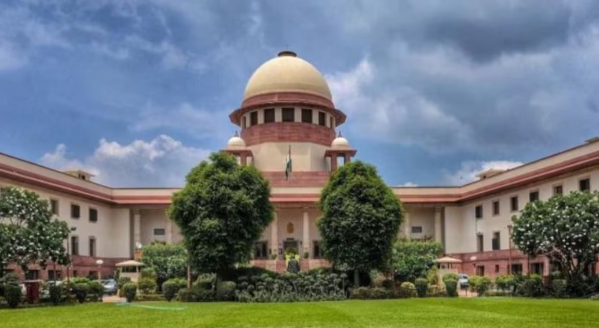India’s Supreme Court Reconstitutes Gender Sensitisation Committee
The Supreme Court of India has made a big change by changing how its Gender Sensitization and Internal Complaints Committee (GSICC) is set up. This step is in line with the 2013 regulations on Gender Sensitization and Sexual Harassment. It stresses that the judiciary will continue to address gender problems.
Committee Leadership
The Chief Justice of India led the process of reorganizing, and he chose Justice Hima Kohli to be the chairperson. Justice BV Nagarathna was chosen to be a member, and Dr. Sukhda Pritam will be the member secretary. This leadership makes sure that the group has a mix of legal and academic knowledge, which makes it more effective.
Membership Composition
There are people from the Supreme Court Bar Association, the Supreme Court Advocate-on-Record Association, and the Supreme Court Bar Clerks’ Association in the group. Also, well-known members chosen by the Chief Justice of India, like Shruti Pandey, Jaideep Gupta, Dr. Leni Chaudhuri, and Dr. Menaka Guruswamy, share their knowledge, making the body’s approach more multidisciplinary.
Continuity and Forward Planning
As long as she is Chairperson of the committee, Justice Hima Kohli offers stability and continuity. The group needs her experience and ability to lead if it wants to deal with gender sensitization and sexual harassment complaints in a fair way within the legal system. This organized method makes sure that the committee remains a strong group working to promote gender equality in India’s highest courts.
Facts about the Supreme Court of India
Establishment and Structure:
- The Supreme Court of India was established on January 28, 1950.
- Situated in New Delhi, operating out of a building designed by Ganesh Bhikaji Deolalikar, the first Indian chief architect of CPWD.
- Initially started with eight judges; currently, it has 34 judges.
Significant Aspects and Contributions:
- Delivered its first judgment in 1950 in the case of State of Bihar v. Kameshwar Singh.
- Features the Scales of Justice superimposed on Ashoka’s Lion Capital.
- The Ayodhya land dispute case was the longest hearing, lasting 40 days.
- The Proclamation of Emergency (1975-1977) saw an unprecedented curtailment of the Supreme Court’s powers.
Legal and Social Impact:
- Retired judges are prohibited from practicing law in any court or before any authority in India.
- Advanced gender sensitivity by allowing women to serve at night in professions and spaces that were previously restricted.
Month: Current Affairs - June, 2024
Category: India Nation & States Current Affairs • Legal & Constitution Current Affairs








